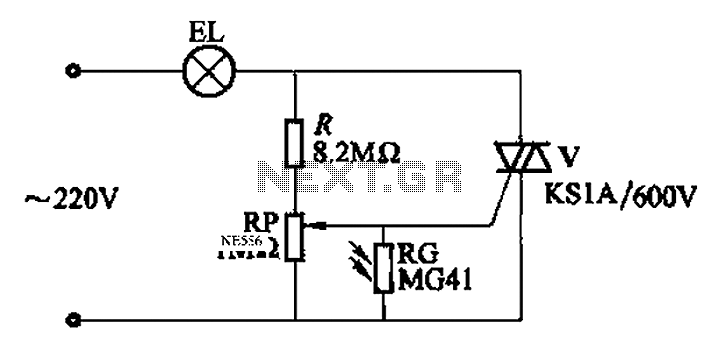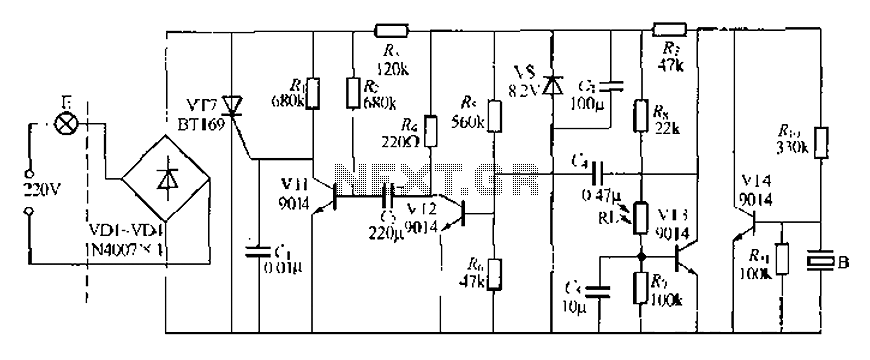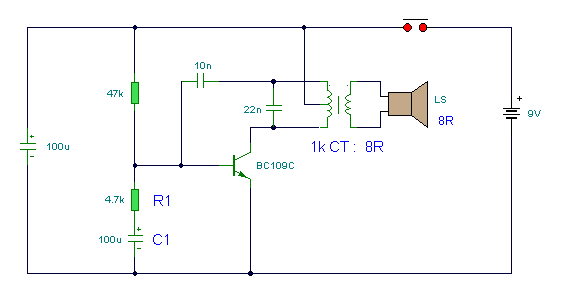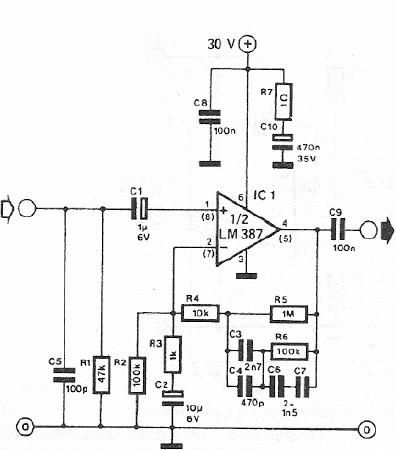
switches Can I achieve a one shot button without a 555
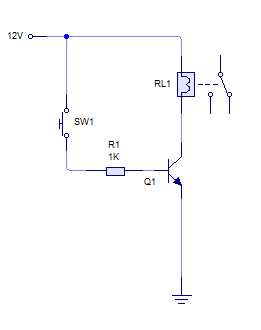
A relay is activated by grounding the low side using an NPN transistor. A pushbutton is intended to operate the transistor, thereby energizing the relay for approximately 500 milliseconds before deactivating it, while ignoring any continuous button press. Although timers or a microcontroller could be used for this functionality, a simpler and more compact solution is desired.
To achieve the specified operation of the relay using a pushbutton, a monostable multivibrator circuit can be employed. This circuit can be constructed using a 555 timer IC in monostable mode, which provides a straightforward and effective solution without the need for a microcontroller.
In this configuration, the pushbutton is connected to the trigger input of the 555 timer. When the button is pressed, it sends a low signal to the trigger, causing the timer to output a high signal for a predetermined duration, set to 500 milliseconds. This output can be used to drive the base of the NPN transistor, which in turn activates the relay.
The circuit should include a pull-up resistor connected to the trigger input to ensure that the timer remains inactive when the button is not pressed. Additionally, a capacitor and resistor are connected to the timing pins of the 555 timer to define the output pulse width. The values of these components can be calculated using the formula for the time period in monostable mode, T = 1.1 * R * C, where R is the resistance and C is the capacitance.
To prevent the relay from being activated during a sustained button press, the design inherently ignores any further triggers until the button is released and pressed again. This approach ensures that the relay operates only for the specified duration with each button press, providing a compact and efficient solution to the problem without the complexities associated with programmable devices.
Overall, this solution effectively meets the requirements while maintaining simplicity and reliability in the circuit design.A relay, which is energised by pulling the low side low using an NPN. I would like a pushbutton to operate the transistor (and therefore the relay) for a time (500ms ish) then deactivate it and wait for the next push (ignoring the button if held). I understand how I can achieve this using timers (or a MCU), but I was hoping there might be a more simple and compact solution.
🔗 External reference
To achieve the specified operation of the relay using a pushbutton, a monostable multivibrator circuit can be employed. This circuit can be constructed using a 555 timer IC in monostable mode, which provides a straightforward and effective solution without the need for a microcontroller.
In this configuration, the pushbutton is connected to the trigger input of the 555 timer. When the button is pressed, it sends a low signal to the trigger, causing the timer to output a high signal for a predetermined duration, set to 500 milliseconds. This output can be used to drive the base of the NPN transistor, which in turn activates the relay.
The circuit should include a pull-up resistor connected to the trigger input to ensure that the timer remains inactive when the button is not pressed. Additionally, a capacitor and resistor are connected to the timing pins of the 555 timer to define the output pulse width. The values of these components can be calculated using the formula for the time period in monostable mode, T = 1.1 * R * C, where R is the resistance and C is the capacitance.
To prevent the relay from being activated during a sustained button press, the design inherently ignores any further triggers until the button is released and pressed again. This approach ensures that the relay operates only for the specified duration with each button press, providing a compact and efficient solution to the problem without the complexities associated with programmable devices.
Overall, this solution effectively meets the requirements while maintaining simplicity and reliability in the circuit design.A relay, which is energised by pulling the low side low using an NPN. I would like a pushbutton to operate the transistor (and therefore the relay) for a time (500ms ish) then deactivate it and wait for the next push (ignoring the button if held). I understand how I can achieve this using timers (or a MCU), but I was hoping there might be a more simple and compact solution.
🔗 External reference
